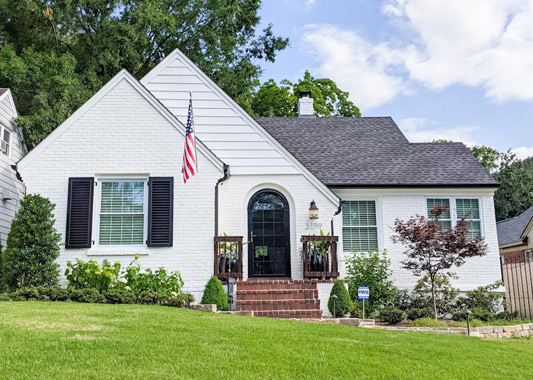This is a book about the converging of two movements:
historic preservation and environmentalism.
Architecture is the ultimate physical representation of a culture, more so than even its flag.
— Paul Goldberger
Our buildings define us. It was the late 19th century when an ascendant America first presented a unique representation of its culture by articulating, through its buildings, its innate principles of individuality, utility, nature, strength, progress and growth. In the same era Teddy Roosevelt fathered an environmental conservation movement though the protection of a frontier he felt represented a land of limitless opportunity where a free people could accomplish anything they set their minds to do.
Each movement played an indispensable role in the creation of a modern American identity. Today, each offers powerful solutions to the nation’s greater problems of energy efficiency, national security and the ideal of a continued American exceptionalism.
A century later the historic preservation and environmentalist movements are converging. Preservationists are most successful at saving buildings and communities when they articulate how irreplaceability is synonymous with sustainability. Environmentalists are most successful at achieving a dream of carbon neutrality when they embrace the embodied energy, density and community inherent in the existing building stock. Each movement is strengthened by its association with the other.
Green Restorations presents all the pro forma sustainable building elements from solar panels to low-flow toilets and how they relate to the many values of historic preservation. But long before any technological improvements deserve study let us first recognize the fundamental importance of restoration work. An historic home represents something greater than oneself. It’s an opportunity, one of the very few opportunities for most, to participate in a nation’s history. To be a part of it. To literally restore it. This principle of stewardship cannot be understated. An owner must recognize that a home has been there long before they were there and that it will be there long after they are gone. Thus, it is a dual duty of citizenship to honor the past century while preparing the structure for the demands of the next. This is the highest calling. This is the ultimate green restoration.



 Photo Credit: Caldwell House, TN
Photo Credit: Caldwell House, TN